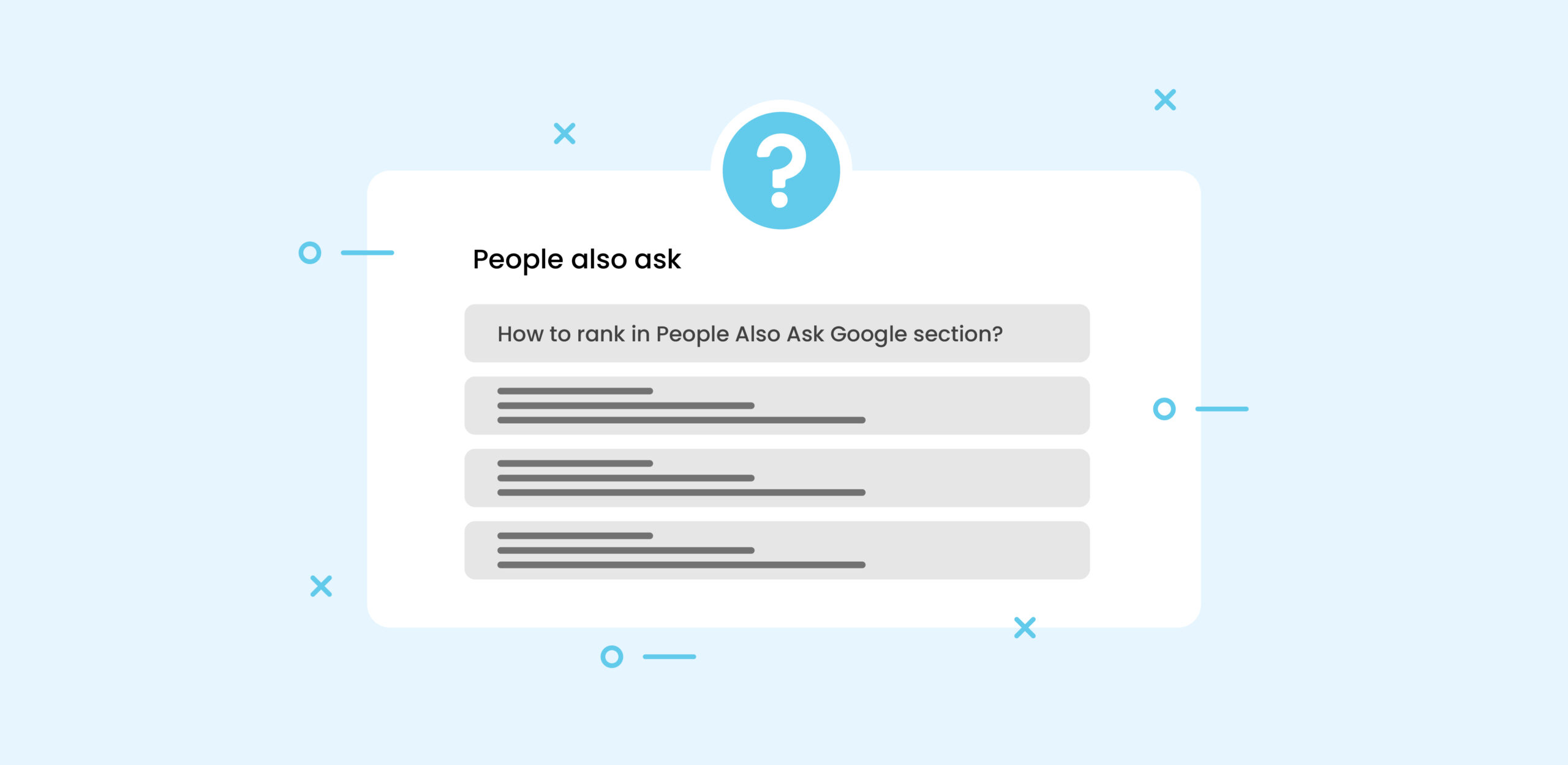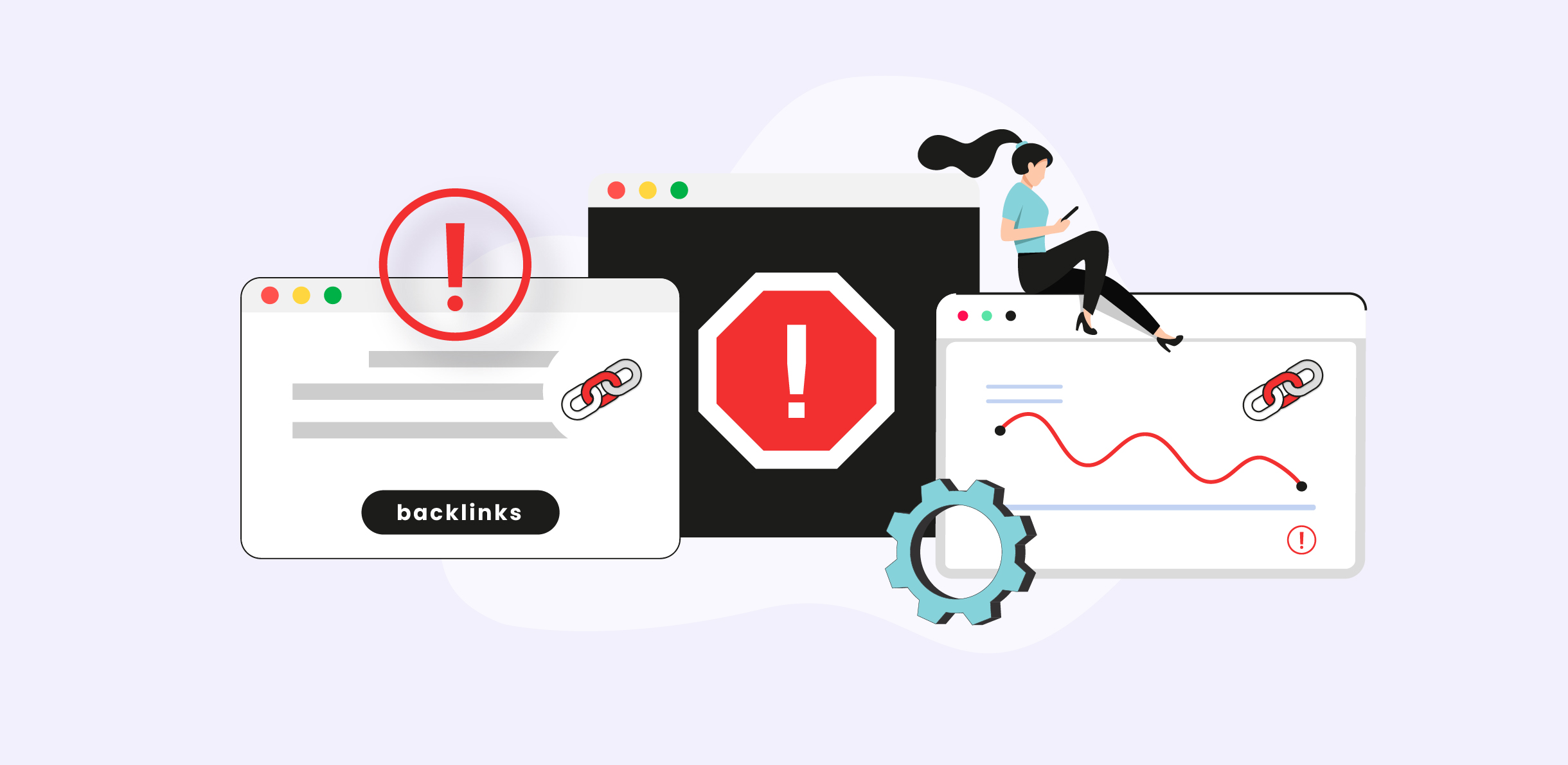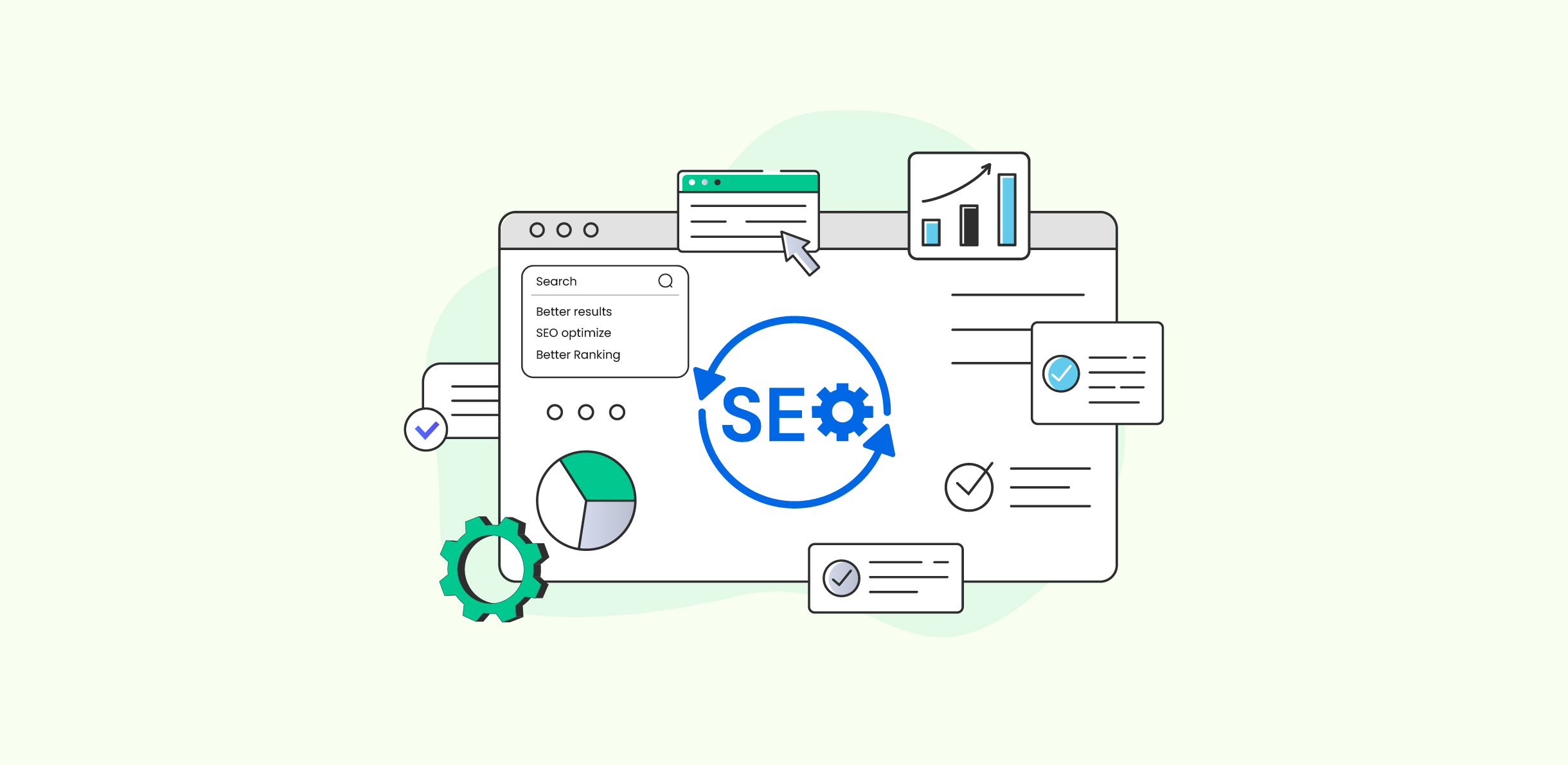Marketing without knowing your audience is like driving without a GPS. You may keep moving, but it will get you nowhere unless you mark a destination and map a route for where you expect to go. Here, your destination is the marketing goal, and the GPS routing is user tracking — the two core elements of any marketing plan.
Anyone with marketing experience would know that identifying your audience stays at the top of the funnel when crafting an effective marketing plan. This means understanding who they are, what they want, and where they are situated.
So, what is the digital marketing strategy that tracks users across the web? Targeted marketing, remarketing, and cross-web targeting. There are many names for it, but how do you implement it? Let’s uncover this below.
Understanding User Tracking in Digital Marketing
Tracking user behavior and using that to leverage your marketing efforts is among the most ROI-enriching strategies in marketing. By dissecting your audience based on their interest and journeys across the web, you can tailor your marketing efforts to show them exactly what they need to see.
This is called digital tracking, which is applied by 88% of marketing professionals to push their campaigns towards success. It lets you personalize ads and interactions to cater to targeted individuals, highlighting specific demographics and interests. By following and adapting to multichannel customer journeys effectively, conversion rates can increase by 20%.
How To Track Users Online? The First Part Of The Journey
Let’s unearth some of the modern marketing strategies used to employ a consistent user tracking system. Follow this step-by-step manual to streamline your targeted marketing efforts in the future.
Establish Buyer Personas
Creating buyer personas enables you to develop a comprehensive profile of your ideal customer. It can be done by identifying customer pain points, finding out their product and service requirements, as well as analyzing their reviews on said products and services.
Where do you find this data, though? Through customer surveys, social media polls, competitor data, and user behavior analytics. It’s also a smart move to use a Customer Relationship Management (CRM) software to analyze purchase cycles and track digital interactions of your customers with products and services.
Work On Your Website’s User Interface
Would you like it if you click on an ad, and it leads to a website that is painstakingly slow or hard to navigate? No, right? This is why working on your website’s user interface is important for marketing.
Aside from basics like optimal speed, simple navigation, and a visually interactive interface, your site also needs other features to lure in visitors to take an action. Throw in a call-to-action button, a newsletter sign-up prompt, or offer them to pick a free resource from your library.
Once you have a website that welcomes visitors rather than pushing them away, it will be easier to track user journeys across the site. You can use the collected data later to customize your remarketing campaigns.
Strengthen Search Engine Optimization (SEO)
Having a website doesn’t ensure visitors. To effectively reach your target audience, you must optimize your website for search engines. Here’s a complete SEO checklist to help launch your website’s success journey — ensuring trackable traffic, impressions, and long-term visibility.
- High-quality content that captures user attention with relevant information. Add internal links between related pages and use proper header tags (H1, H2, etc.)
- Generating relevant and descriptive meta titles and descriptions for each page.
- Well-defined site structure that offers improved user experience and navigation.
- Take precautions for technical SEO factors like site speed, URL structure, crawl errors, sitemap, robots.txt, SSL certification, Schema Markup, and more.
- Build high-quality backlinks to your blogs and articles.
This is not an exhaustive list, but we have an entire blog explaining all the strategies to apply in order to rank a page on the first page of Google.
Once your SEO strategy is in place, you’re ready to monitor site performance, clicks, traffic, and other important user interaction metrics. Upload your sitemap to Google Search Console and integrate with Google Analytics to track website performance. With Google Ads tracking strategies in the mix, you will also be able to plan advertisement campaigns that align with your audience’s interests and return a favorable ROI.
Discover Relevant Keywords
Keywords are terms that help searchers find your website. They are also what drives the success of an advertisement campaign by targeting user intent instead of following a blind spot. Start by asking yourself questions like;
What are my customers looking for?
How can I provide a solution?
Which part of the customer funnel am I targeting?
Chances are, your customer is either researching, comparing products, or preparing to make a purchase. Identify which phase of the customer journey tracking you wish to implement, and build a marketing strategy around it.
Look for both high and low competition keywords to maintain a balance between what’s in demand and where you can rank well.
Remember, keyword optimization directly boosts the effectiveness of your tracking efforts. With keywords that directly address user preferences, you can add value to your ad targeting efforts.
How To Use Web Tracking Technology?
Apply Website Cookies
Cookies allow behavioral targeting by letting you follow user journeys through any device to assess their patterns and interests, and mask them in your marketing and ad campaigns. It uses the device’s browser history information to provide insights into the products, services, and pages visited by the user. And this information can be tracked with pixels or retargeting tools like Google Ad Remarketing, AdRoll, Osano, and TermsFeed.
Tracking users using cookies is a conventional technique, which is now it is accompanied by a ton of privacy concerns. Regulatory acts like PIPEDA, GDPR, and CCPA are the primary bodies that define restrictions on user data collection. Shifting to alternative tracking methods like server side tracking and cohort based targeting are now the recommended processes, as both of these provide a greater level of user privacy compared to cookies.
Utilize Device Fingerprinting:
Device fingerprinting is a technology used to collect device-specific information to identify users. This advanced technique unlocks a whole new realm of data collection by enabling a system where each device has a unique identity or “fingerprint”.
This technology is adapted by collecting the hardware and software configuration of devices, including information related to their operating system and browser activities. This means that even if the IP address on the device changes, you will be able to track users through various websites and applications.
Leverage Machine Learning
Machine learning algorithms transform large amounts of data into digestible information that lets marketers predict trends and customer engagement. The data is a valuable asset when strategizing targeted advertising and conducting in-depth predictive analysis for future content planning.
With time, the technology has progressed to real-time tracking of the users. By analyzing customer interactions as they happen, machine learning works on a need basis to show users information they are looking for. This makes your campaigns more responsive and intuitive, helping you reach the right people at the right time.
While machine learning has tons of applications in modern marketing, it also comes with a lot of privacy concerns and ethical regulations that must be complied without the subtlest touch of data breach.
Coming back to the real question….
What is the digital marketing strategy that tracks users across the web?
Browse further to find answers about how and when to utilize user tracking.
Explore Digital Footprint With Cross-Web Tracking
The stairway that leads to the final destination — a phase where you can finally run ads and campaigns for a specified audience — is called cross-web tracking. It’s the maestro of digital marketing — gathering pieces of information from different devices and platforms to build a comprehensive marketing plan for retargeting.
This strategy implements tracking systems like cookies, device fingerprinting, machine learning, and login credentials to craft a one-size-fits-all system. By following user journeys across various devices and online channels, it meticulously underlines purchase intent and user preferences.
Cross web tracking gives you customer insights, user journeys, purchase intent, and funnel gaps.
Put it all in a box, shake shake shake. And there you go…you have your ideal audience ready for personalized targeting and remarketing. But before we get too excited, this cross channel marketing strategy requires some tools for effective visualization and activity monitoring. Marketers use different digital tracking tools to collect and assess data to make marketing decisions.
What tools do marketers use to track user behavior?
| Tool | Used For | Integrations |
| Google Analytics 4 (GA4) | Website and app user behavior, events, page views, sessions, device info | Google Ads, BigQuery, Firebase, Search Console, Tag Manager, CRM systems |
| Adobe Analytics | Page views, user journeys, segments, traffic sources, events, campaigns | Adobe Experience Cloud, CRM platforms |
| Mixpanel | Event-based tracking, user interactions, funnels, user properties | Segment, HubSpot, Amplitude, Salesforce, Slack, Zapier |
| Hotjar | Generating heatmaps and recording sessions, surveys, as well as on-site behavior | Google Analytics, HubSpot, Slack, Segment |
| Heap | Automatic event tracking (clicks, form submissions), user journeys, conversions | Salesforce, Segment, Google Analytics, Snowflake, Redshift |
| HubSpot | Contact data, email interactions, website tracking, form data, CRM events | Salesforce, Google Analytics, Facebook Ads, Shopify, Zoom, Zapier |
| LiveRamp | Offline and online identifiers, customer data, third-party data, device graphs | Advertising platforms (Meta, Google, The Trade Desk), CDPs, DMPs, CRM systems |
| Facebook Pixel | Website conversion tracking for traffic coming from Facebook. | Facebook Ads Manager, Google Tag Manager, HubSpot, CRM platforms |
Switch Gears to Retargeting: The Core Strategy
Now that we’re aware of how to track users, the next step is to leverage this information for retargeting. Retargeting in digital marketing refers to a strategy that assesses user behaviors and patterns before encouraging them to take a particular action. For example, GA4 helps record user IDs, following a user’s complete journey throughout your website. Let’s suppose they land on your category page, navigate products, add one to the cart, but leave without purchasing.
This is an incomplete user journey. It shows that they are interested in your product and have an intent to purchase, but may not be ready to buy just yet. Getting back to them via email or showing them an advertisement for the product they need — that’s called retargeting. According to Pam Moore:
“It takes 5-7 brand impressions before someone will remember your brand.”
So if your brand is relatively new, retargeting could be a great way to build customers.
What are the benefits of retargeting?
- Boosts conversion rates by re-engaging users who have previously shown interest in your products or services.
- A cost-effective marketing technique that’s likely to deliver better ROI, as it targets users already familiar with the brand.
- Provides an opportunity to learn about your audience and demographics, assisting with brand profiling in the process.
- Helps improve CTR, Return on Ad Spend (ROAS), while reducing abandoned cart rate.
The Future of User Tracking in Digital Marketing
The shift towards user privacy has sprouted various new technologies to ensure user consent is always added into the equation. With privacy first solutions, we can expect a stronger lean towards AI tracking models, machine learning, and differential privacy.
These are designed keeping privacy considerations like GDPR (European Union’s data protection regulation) and CCPA (California Consumer Privacy Act) in mind, to ensure users remain anonymous throughout the tracking process. Indeed, the future of web tracking technology is looking brighter with these advanced data collection systems.
Shift to First-Party and Zero-Party Data:
First party data is the most authentic and accurate, as it is collected from your existing audience. This method involves gathering important data points from the customers, subscribers, and site visitors by applying tracking pixels to websites and social media. This way, brands are able to record actions and engagements within their CRM and CDP.
Meanwhile, zero party data is provided by customers themselves. They willingly hand over information regarding their preferences and product requirements through platforms such as social media polls, user surveys, and more to receive leverage from the brand. Often, discount codes and lucky draws are enough to lure in the customers into sharing their information voluntarily.
Rise of Privacy First Tracking
The rising limitations on cookie data have led to the evolution of cookieless tracking, now considered the core element of user tracking in digital marketing. Privacy-first tracking is a system aligned with user privacy and content to avoid data breaches and misuse. For example, heatmaps are now widely used to assess user engagement and actions across different digital channels, without compromising the pre-designated regulations regarding privacy and personal information.
Advancements in AI and Machine Learning
AI is an indispensable tool in cross web user tracking, as it enhances the capabilities for predictive analysis with previously available user data. This is highly helpful in analyzing customer funnels that help tailor marketing and targeting campaigns, ultimately improving their success rate.
Conclusion
Understanding how to track users online is a critical element of every digital marketing strategy. It is what maintains the essence of retargeting and cross-web tracking.
There are many ways to begin your user tracking journey as a marketer, but following a clear trajectory can double the chances of success. Start by identifying and segmenting your audience, and focus on website optimization to ensure that any visitors coming to your site can be tracked effectively.
While applying cookies and user tracking systems, it’s essential to stick to privacy considerations and ethical practices, as defined in the GDPR and CCPA regulations. Moreover, integrating user tracking tools to analyze the available information and determine future targeting actions is what’s going to lead your tracking efforts to a promising destination.
In the end, user tracking in digital marketing is contingent on privacy regulations, which is why futuristic tracking models like AI, federated learning, and zero-party tracking must remain at the forefront of tracking efforts. This way, you can get valuable insights into your customers without a data breach or personal privacy infringement.








